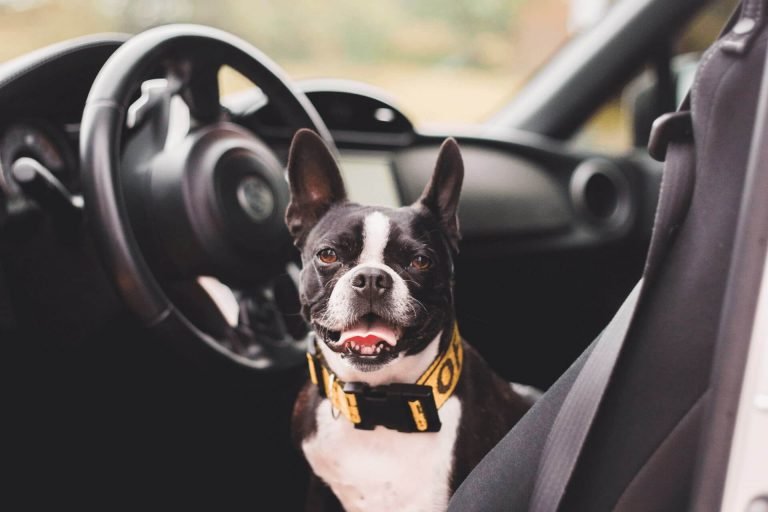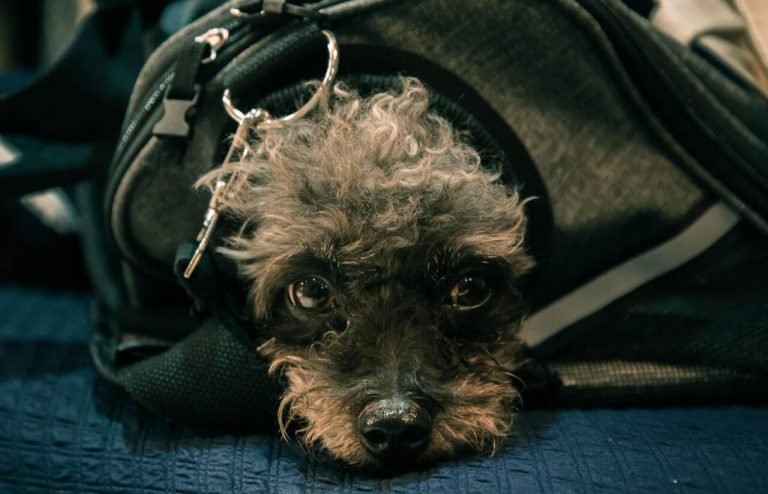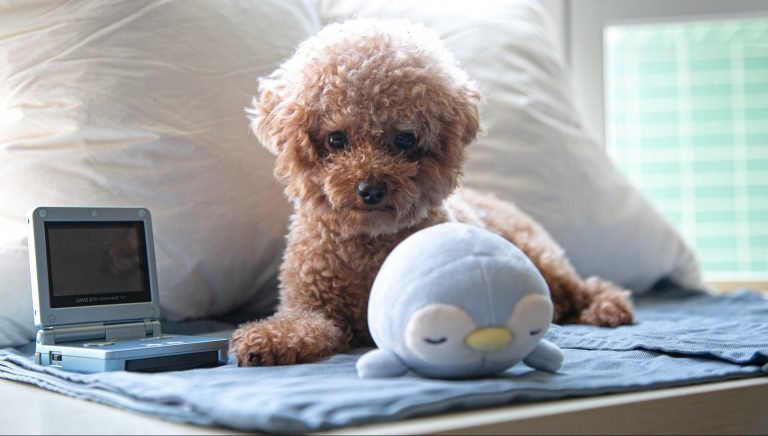How to brush your dogs hair
Does your dog leave hair all over the house? That’s a common story. Or maybe their coat just looks a bit dull. Brushing helps a lot. Long-haired dogs often need daily sessions. Shorter-haired friends might be fine with weekly or bi-weekly brushes.
This simple act keeps their coat neat and cuts down on all that loose fur. Think less hair on your couch and clothes. Plus, it spreads natural oils, making their fur shiny and healthy.
It sounds simple, right? It mostly is. Just know your dog’s coat type. That tells you how often to brush and what brush to grab. You’ll want a few key tools too, like a pin brush, a bristle brush, maybe a comb or a mat remover. A groomer can do it, sure, but home grooming saves a lot of cash over time.
Here are our best tips for brushing your dog’s hair at home.
Determine the Right Brush to Use
Picking the correct brush is huge. It just makes the whole thing easier for you, and way more comfy for your dog. Here’s a quick guide based on hair type.
- Long-haired breeds like a Collie or a Tibetan Terrier need weekly brushing. A pin brush is perfect. It pulls out loose hair without hurting, and its long bristles get deep into the undercoat.
- Short-coated dogs, like Greyhounds or Labs, don’t mat much. A rubber brush is a good choice here. It brings up dirt and loose hair to the surface. Your dog might even think you’re just petting them. A soft slicker or natural bristle brush works well too.
- For really short-haired breeds, like Terriers or Dachshunds, a slicker brush is your friend. It gets rid of loose fur and dirt. Then, finish up with a metal comb to smooth everything down.
Start with Teaching a Command
To brush your dog well, especially long-haired ones, they need to stay still. You want to reach every bit of their coat. So, start teaching them to ‘stand’ on command early. This helps a lot.
Some dogs pick this up faster than others, sure. Just use a simple ‘stand’ cue. And always praise them a lot while you’re brushing.
Brush Down and Out
Dogs’ coats grow in a natural direction: down and away from their body. Brushing against this grain is a big no-no for them. So, brush in a down-and-out motion. Hold your brush at a slight angle.
Try to keep the brush flat against their body, not pulling straight up. Be gentle. Don’t rush it. If you hurry, your dog won’t enjoy these sessions, and you want them to.
Start at the Top of the Coat
Don’t jump around. You wouldn’t brush their rear after their neck, right? If you start at the bottom, all that loose hair from up top will just fall back down. Then you’ll have to do it again.
Always start at their neck. Then work your way down, following the coat’s natural growth. This stops loose hairs from messing up spots you’ve already brushed.
Use a Mat Spray and Coat Conditioner
Scissors and mats? Not a great combo. You could cut off too much hair. Or worse, accidentally snip your dog’s skin, which hurts. Instead, try an all-natural coat conditioner or a mat spray. Spray it on the mat and let it sit for a few minutes.
After that, use a mat-splitting tool or a wide-toothed comb. Gently work to loosen the tangle. Always check for mats in hidden spots. Like behind their ears, under their legs, and especially beneath their collar. A good mat spray can save you a trip to the groomer and prevent risky cuts.
Start Early
Many dog owners don’t think about grooming when their dog is a puppy. Puppies often don’t need much brushing, after all. But starting early is a smart move. It helps prevent them from fighting you when they’re older.
Sure, some dogs won’t love it right away. But with patience, they usually calm down. Some even start to enjoy the routine. Be super generous with treats and praise during brushing. Keep at it until they’re totally comfortable.
Make the Sessions Shorter
Dogs really prefer short grooming times. It’s just easier for them. If you need different brushes for your dog, or it’s a big job, split it up. Do a few shorter sessions instead of one long one.
Maybe brush one side today, then the other side tomorrow. That works. Just make sure every part of their coat gets brushed, eventually.
Brush Before and After Bath
A lot of folks wonder, “When’s the best time to brush my dog?” Some say before a bath, some say after. Honestly, we say both. Brush them first to get rid of loose hair. This stops the tub drain from clogging up. Plus, shampoo can get deeper into their undercoat that way.
Brushing after the bath is important too. It helps pull out any hair the shampoo loosened. And it stops new mats from forming as your dog dries, which happens often.
Avoid Over-grooming
It’s easy to spot if you’re not brushing enough: loose fur and mats everywhere. But what about brushing too much? That’s trickier to notice, but there are signs. Too much brushing can irritate their skin. You’ll see them scratching or chewing certain spots. Eventually, this can lead to skin sores or other irritation.
Also, brushing too much can strip out their natural hair oils. This leaves their coat dry and kinda brittle.
Wrap Up
Brushing is a really important part of keeping your dog neat and healthy. Yeah, it takes a bit of practice. But it’s totally doable yourself, especially with the right brushes. And hey, if your dog just won’t cooperate, don’t feel bad about taking them to a groomer. They’re pros. Some groomers are amazing at handling even the most nervous pups.







